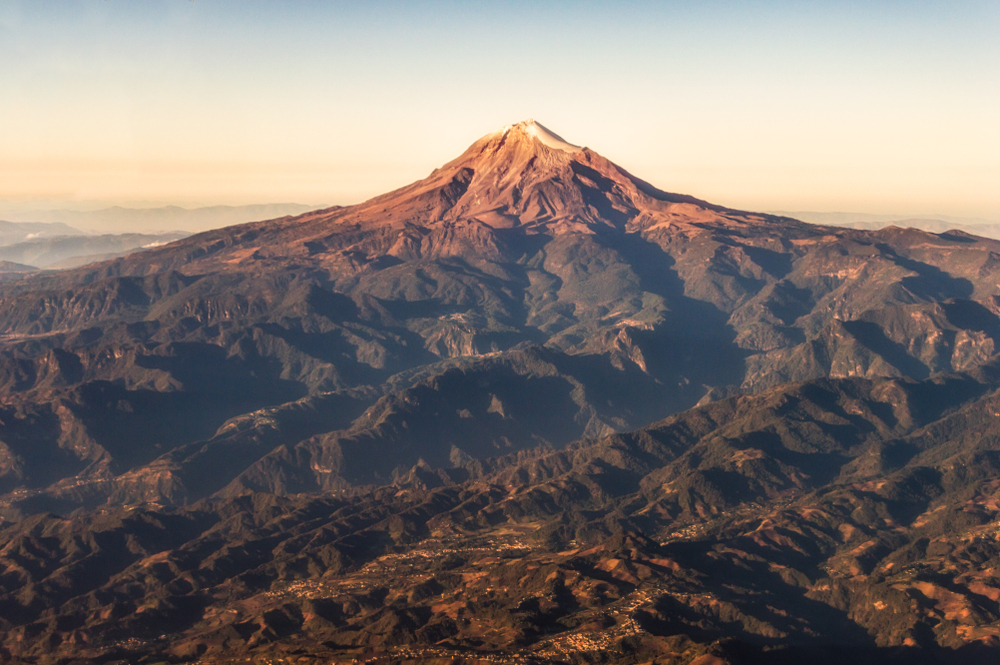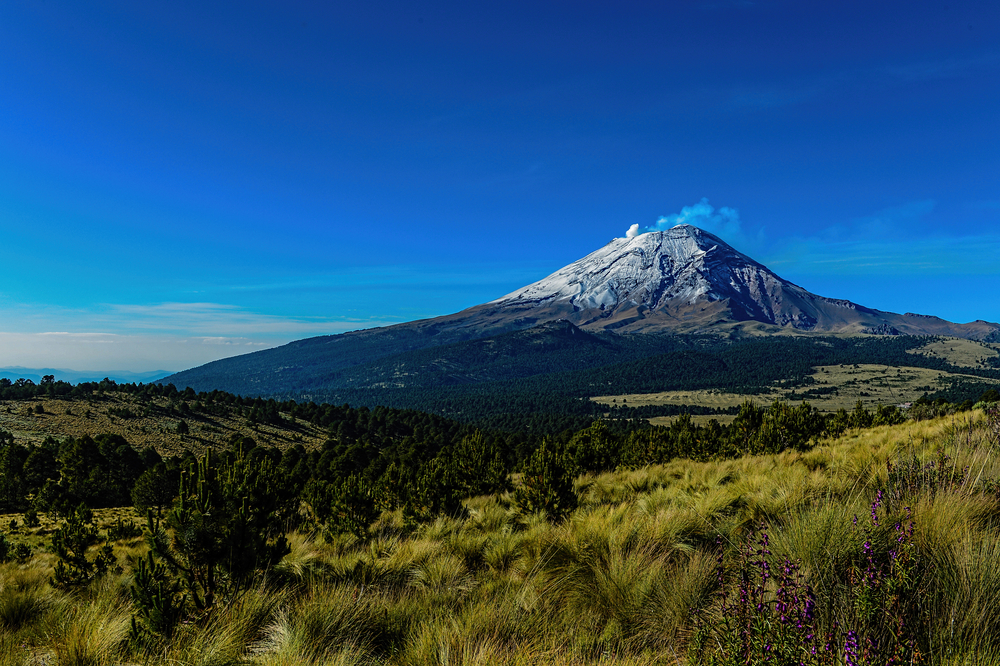Geography: Mountains
In the diverse and extensive landscapes of Mexico, towering mountain ranges have profoundly shaped the nation's culture, history, and identity. Many of these majestic summits serve as vital water sources, acting as the headwaters of rivers that flow downstream and nurture communities, agriculture, and livelihoods. Throughout Mexico's history, certain peaks have offered strategic advantages as natural fortifications, providing shelter to civilizations and communities striving for dominance in the region. These mountain ranges have played pivotal roles in shaping trade routes and influencing patterns of human migration, while also evolving into symbols of strength, endurance, and resilience within Mexico's folklore, literature, and art.
The table below offers information about Mexico's major mountain peaks.
|
Highest Peaks |
Elevation |
Mountain Range |
Type of Range |
|
Pico de Orizaba (Citlaltépetl) |
5,636 m (18,491 ft) |
Trans-Mexican Volcanic Belt |
Volcanic |
|
Popocatépetl |
5,393 m (17,694 ft) |
Trans-Mexican Volcanic Belt |
Volcanic |
|
Iztaccíhuatl |
5,230 m (17,160 ft) |
Trans-Mexican Volcanic Belt |
Volcanic |
|
Nevado de Toluca |
4,680 m (15,350 ft) |
Trans-Mexican Volcanic Belt |
Volcanic |
|
Sierra Negra |
4,580 m (15,030 ft) |
Trans-Mexican Volcanic Belt |
Volcanic |
|
La Malinche |
4,461 m (14,636 ft) |
Trans-Mexican Volcanic Belt |
Volcanic |
|
Nevado de Colima |
4,270 m (14,009 ft) |
Trans-Mexican Volcanic Belt |
Volcanic |
|
Cofre de Perote |
4,200 m (13,780 ft) |
Trans-Mexican Volcanic Belt |
Volcanic |
|
Mount Tlaloc |
4120 m (13,517 ft) |
Trans-Mexican Volcanic Belt |
Volcanic |
|
Volcán Tacaná |
4,060 m (13,320 ft) |
Sierra Madre de Chiapas |
Volcanic |
Copyright © 1993—2024 World Trade Press. All rights reserved.

 Mexico
Mexico 
